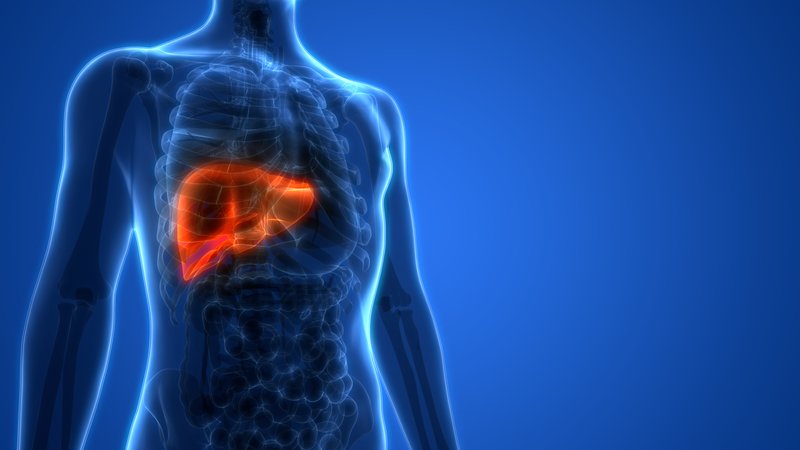Though it is predicted to become a top cause of organ damage and liver transplants within this decade, treatments for nonalcoholic fatty liver disease, or NAFLD, have stalled for a simple reason: It can be hard to tell who has the condition and who does not.
But now, the FDA has granted a groundbreaking clearance to a blood test from Siemens Healthineers that aims to provide an easier and potentially more accurate alternative compared to an invasive tissue biopsy. The agency’s de novo green light covers the Advia Centaur enhanced liver fibrosis test, or ELF test, which has been available internationally for more than 10 years.
As a prognostic tool, it measures three bloodborne indicators of liver scarring and can help predict which patients may progress to late-stage cirrhosis. It can also be used to assess those who may see liver-related complications due to NAFLD’s dangerous subtype, nonalcoholic steatohepatitis, also known as NASH. If left untreated, NASH can ultimately lead to organ damage and liver cancer.
Tests that seek out signals covering the entire liver are important, as NAFLD and NASH do not spread through the organ evenly. Despite being the current gold-standard method, a painful biopsy sample may miss how advanced the disease can be, by taking tissue from a less-affected area. In addition, an ultrasound may show fat deposits in the liver, but cannot determine who may progress to more severe disease.
RELATED: Genfit diagnostic pivot offers bright spot after major NASH drug flop
Other companies such as Genfit have been pursuing a non-invasive test for NASH, including a blood-based diagnostic that was tapped by Labcorp last year for commercialization aimed at primary care clinics after it previously offered the test to biopharma companies through its drug development-focused business.
Elsewhere, former Fierce 15 winner Glympse Bio has been developing a NASH diagnostic that begins with an injection of particles that interact with the fibrotic processes and enzymes within the liver and carry out a positive signal as they are flushed from the body.
On the therapeutic side, NASH and NAFLD treatments have seen ups and downs, with Pfizer recently dropping its third drug candidate for the disease after a poor showing in a 164-patient phase 2 trial.
But smaller companies such as Enyo Pharma and Hepion Therapeutics have seen some mid-phase progress. Enyo’s vonafexor showed it could help reduce liver fat and boost kidney health, while Hepion’s CRV431 will advance into larger trials after clearing human safety studies.
Editor’s note: This story has been corrected to show that the FDA clearance covers the test’s use as a prognostic tool, not as a diagnostic test.

